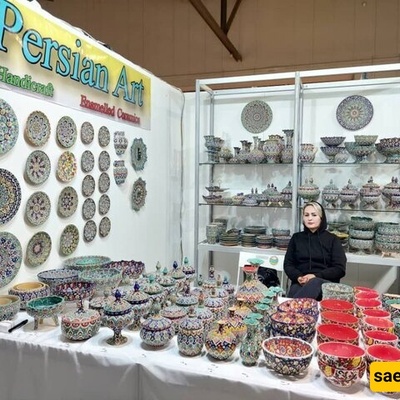Saed News: Choosing between China’s J-10 and Russia’s Su-35 for Iran depends on strategic needs, geographical conditions, and the types of threats that Iran’s Air Force must confront.

According to the news website Saed News, the choice between China’s J-10 and Russia’s Su-35 for Iran depends on strategic needs, geographical conditions, and the types of threats that Iran’s Air Force must confront. Here, various factors that can help in making this decision are examined:
1. Iran’s Missions and Strategic Needs
J-10:
Suitable for regional defense and operations at short to medium ranges.
Due to lower cost, Iran can purchase a larger number of these fighters.
Useful for air defense against potential attacks in sensitive areas (such as the Persian Gulf or western borders).
Highly agile and maneuverable, making it very efficient in close air combat.
Su-35:
Suitable for long-range air superiority missions and strategic operations.
Highly effective against long-range threats such as missile attacks or missions targeting ground objectives deep inside enemy territory.
Its long range allows Iran to extend its air superiority across the region, especially over the Persian Gulf, the Sea of Oman, and beyond.
2. Adaptation to Iran’s Geographical Conditions
J-10:
More suitable for operations in mountainous regions or areas with small and limited airfields.
Its lighter weight and smaller size help it operate on short runways and remote airbases.
Su-35:
Better suited for long-duration missions and long-distance operations (such as maritime patrols or defense of distant border regions).
Its high operational range is a key advantage for full coverage of Iran’s vast geography.
3. Armaments and Technology
J-10:
Although equipped with advanced Chinese technologies, it may be more limited in weaponry compared to the Su-35.
The Chinese tend to be more willing to transfer technology and sell more broadly, which is an advantage for Iran.
Su-35:
Has more advanced weaponry and the capability to carry long-range missiles, an important advantage.
However, Russia may be reluctant to fully transfer technology, making Iran dependent on Russia for maintenance and weapon development.
4. Cost and Purchase Quantity
J-10:
Cheaper, allowing Iran to purchase larger numbers.
A better option to fill air force gaps and replace older fighters (like F-5 and F-4).
Su-35:
More expensive, and buying large numbers might be financially challenging for Iran.
Useful in limited numbers for specific, strategic missions.
5. Political Pressures and Sanctions
J-10:
China is generally less affected by Western pressures in military deals with Iran.
There is a higher likelihood of long-term support and technology transfer.
Su-35:
Russia may sometimes withhold full support due to Western pressures.
However, recent close military ties between Iran and Russia have reduced this risk.
Summary: Which is Better?
If Iran seeks a cheaper, agile fighter suitable for regional defense, China’s J-10 is the better choice. China is also more likely to offer technology transfer and long-term support.
However, if Iran needs a strategic fighter with long operational range and the ability to maintain air superiority at long distances, Russia’s Su-35 is superior. This fighter can significantly enhance Iran’s air force capabilities to confront advanced threats and conduct cross-border operations.

